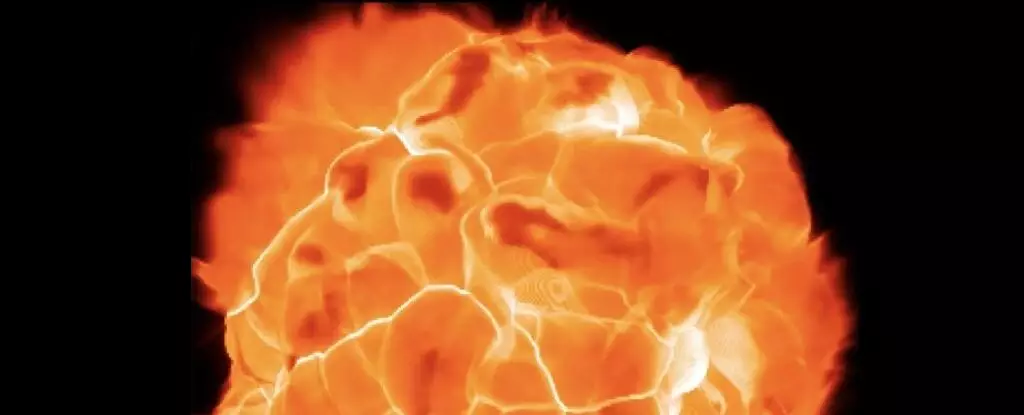Betelgeuse, also known as Beetle-juice or Betel-gurz, has captivated the attention of amateur astronomers for many years. This red supergiant variable star, located in the constellation Orion, has a few cycles of variability that have puzzled astronomers. One of the most intriguing cycles occurs over a 2,170 day period, which is five times longer than its normal pulsation period.
The Mystery Deepens
Recently, a paper was published suggesting that a companion star with 1.17 solar masses could be the cause of Betelgeuse’s unexpected dimming. This companion star would need to have an orbit around 2.43 times the radius of Betelgeuse, potentially leading to the modulation of dust in the region that causes the variations observed by astronomers.
Betelgeuse is one of the brightest stars in the sky, situated prominently at the upper left of the constellation Orion. It represents the shoulder of the hunter in Orion, although some translations suggest a more unconventional location – ‘the armpit of the giant!’ With a radius approximately 1,000 times that of the Sun and a distance of 642 light years away, Betelgeuse shines brightly in our night sky, emitting about 100,000 times more light than the Sun.
The Great Dimming
In recent years, Betelgeuse has garnered special attention due to its unexpected dimming. The dimming, which occurred towards the end of 2019 and returned to normal in the first half of 2020, has been attributed to a dust cloud event dubbed ‘The Great Dimming.’ This phenomenon has raised questions about the nature of Betelgeuse’s variability.
As a well-known variable star, Betelgeuse displays a Long Secondary Period (LSP) of approximately 2100 days. While common among stars in the Red Giant Branch of the Hertzsprung-Russell Diagram, the mechanism behind the LSP remains unknown. Some theories suggest that the LSP may be a secondary cycle to a shorter one, indicating complex processes occurring within the star.
Recent research proposes that a low mass companion star, Ori B, could be responsible for the long-term variability of Betelgeuse. This binary star system could be modulating the dust surrounding Betelgeuse, leading to fluctuations in brightness when the companion star transits. If Ori B’s existence is confirmed, it could revolutionize our understanding of Betelgeuse’s evolution and potential supernova event.
Betelgeuse remains a celestial enigma, captivating astronomers with its complex variability and unexpected behavior. Whether its dimming is caused by dust clouds, outer layer pulsations, or a companion star, the mysteries surrounding Betelgeuse continue to intrigue and challenge our understanding of the cosmos.


Leave a Reply